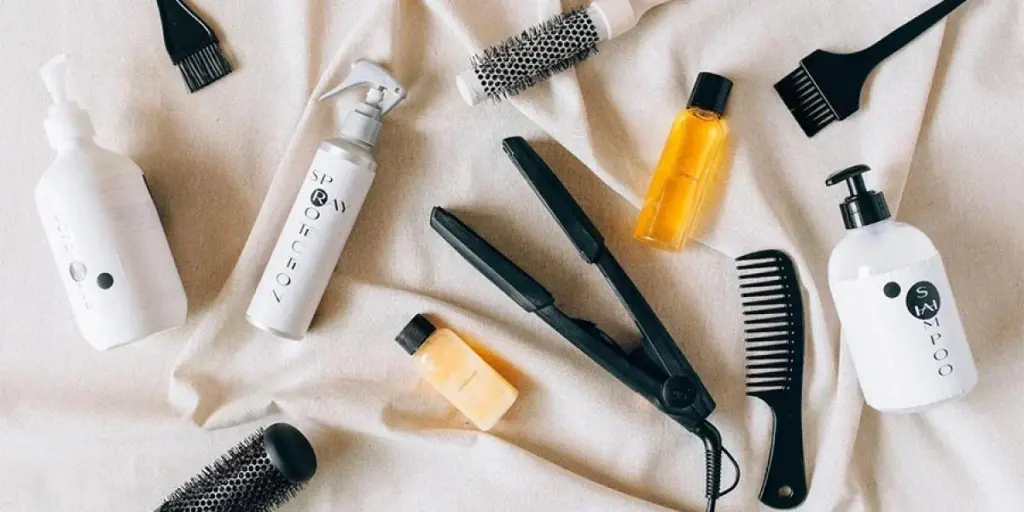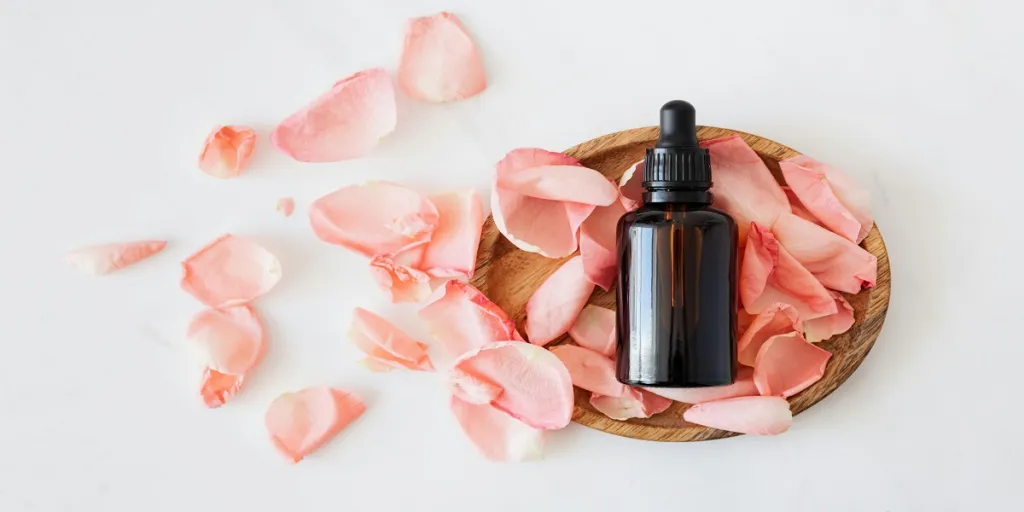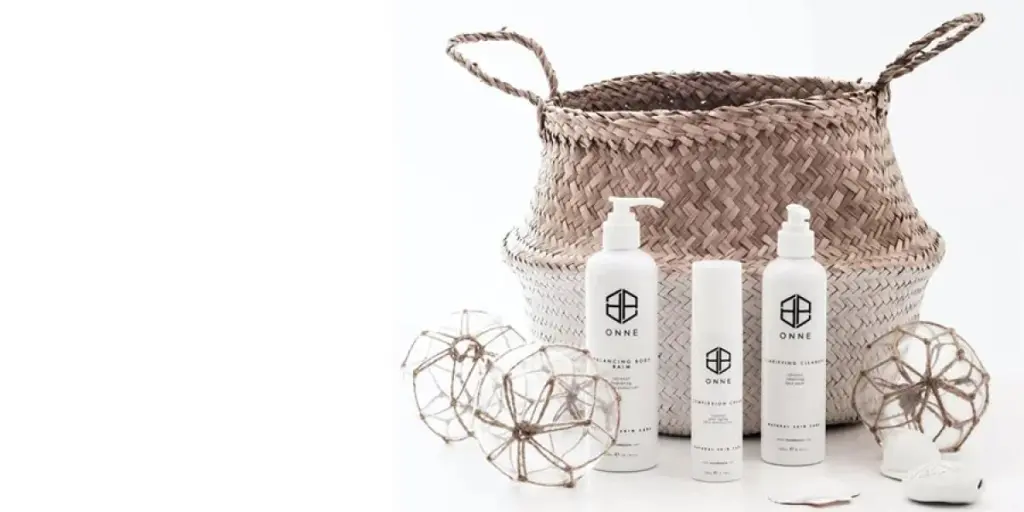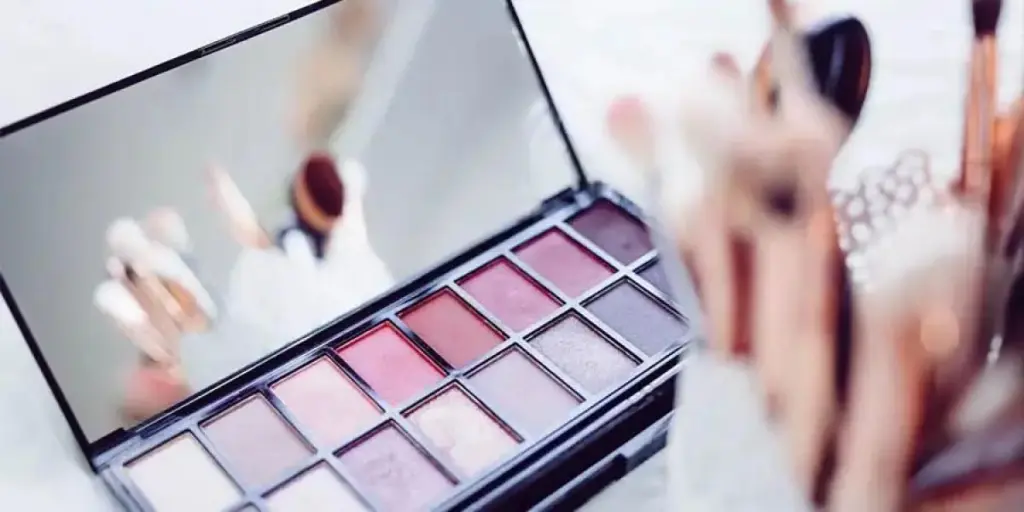In the ever-evolving world of beauty, brands are constantly seeking new ways to captivate and delight their audience. As we look towards 2025, a key trend is set to reshape the industry landscape: tactile hedonism. By crafting products that engage multiple senses and offer luxurious, immersive experiences, beauty brands have the opportunity to elevate their offerings and forge deeper connections with their customers. In this article, we’ll explore how leveraging textures, scents, colors, forms, and sounds can help you create irresistible products that appeal to the senses, boost mood, and provide moments of indulgence in an increasingly digital world.
Table of Contents
1. The power of multisensory engagement
2. Battling beauty boredom with novel experiences
3. Luxury in the details: high-quality, mood-boosting materials
4. Playful interactions to surprise and delight
5. Functionality meets sensorial appeal
The power of multisensory engagement

In today’s fast-paced, digitally-driven society, people are craving more tangible and engaging experiences. This desire extends to the beauty industry, where products that stimulate multiple senses have the power to create a deeper, more memorable impact on customers.
Multisensory engagement is a powerful tool for beauty brands looking to differentiate themselves and create lasting impressions. By thoughtfully combining elements such as unique textures, evocative scents, eye-catching colors, innovative forms, and satisfying sounds, brands can craft products that offer a fully immersive experience. This holistic approach to product design not only captures attention but also fosters a stronger emotional connection between the customer and the brand.
Studies have shown that engaging multiple senses can enhance the perceived value of a product and increase customer satisfaction. When a beauty product looks, feels, smells, and even sounds luxurious, it creates a more indulgent and pampering experience for the user. This multisensory appeal can help justify premium pricing and encourage customer loyalty.
Moreover, multisensory engagement can tap into the power of synesthesia, a neurological phenomenon where stimulation of one sense leads to automatic, involuntary experiences in another sense. By carefully orchestrating the interplay of various sensory elements, beauty brands can create products that evoke specific emotions, memories, or sensations, making the experience even more impactful and memorable.
Battling beauty boredom with novel experiences
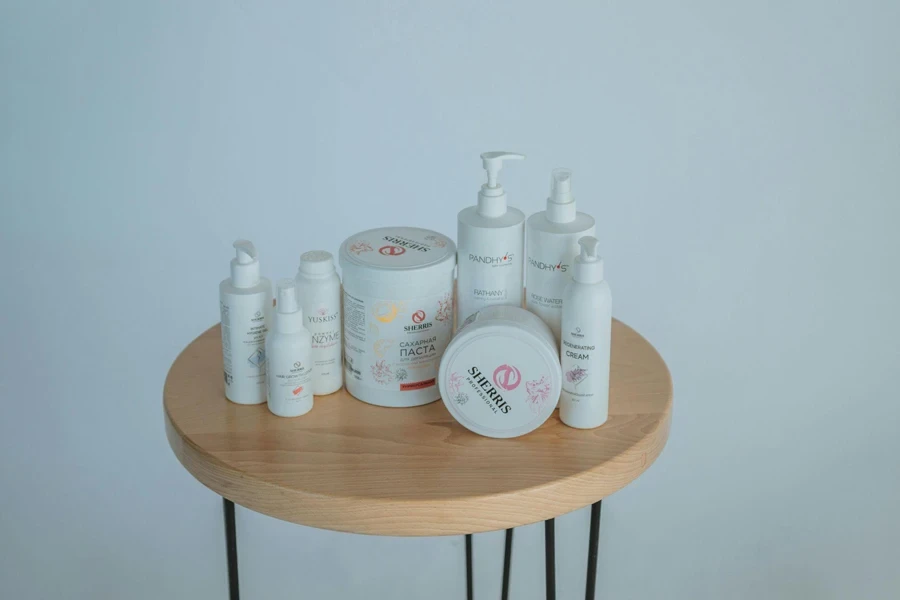
In an era where consumers are constantly bombarded with new product launches and marketing messages, beauty boredom has become a genuine concern for brands. Customers are increasingly seeking out novel and exciting experiences to break through the monotony and reignite their passion for beauty products.
To combat this sense of ennui, brands must focus on creating products that offer unexpected and delightful multisensory elements. By incorporating surprising textures, unique scents, or interactive packaging, brands can capture attention and spark curiosity among their target audience. These innovative touches can transform a routine beauty ritual into a moment of discovery and enjoyment, encouraging customers to engage more deeply with the product.
For example, a facial cleanser that features a whipped, mousse-like texture can provide a refreshing and indulgent sensory experience, setting it apart from traditional gel or cream formulas. Similarly, a fragrance housed in a bottle with a playful, tactile design can encourage customers to pick it up, explore its contours, and form a more intimate connection with the product.
By prioritizing novelty and multisensory engagement, beauty brands can differentiate themselves in a crowded market and provide customers with the excitement and variety they crave. These innovative products not only battle beauty boredom but also create memorable experiences that customers will eagerly share with others, generating valuable buzz and driving brand loyalty.
Luxury in the details: high-quality, mood-boosting materials
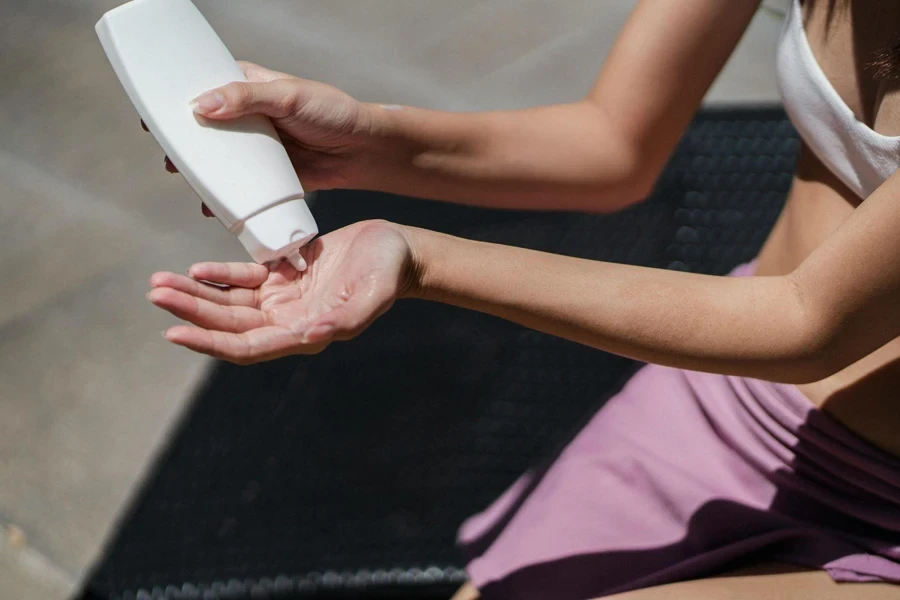
In the pursuit of tactile hedonism, the quality of materials used in beauty products plays a crucial role. Discerning customers are willing to invest in products that not only deliver results but also provide a luxurious and mood-boosting experience. By incorporating high-quality, indulgent materials, brands can elevate the perceived value of their offerings and create a more compelling sensory journey for their customers.
One way to infuse luxury into beauty products is through the use of premium packaging materials. Weighty, substantial components, such as glass or metal, can convey a sense of sophistication and durability. Soft-touch finishes, like velvety matte or smooth satin, can invite touch and create a more intimate interaction with the product. By selecting materials that feel exquisite in the hand, brands can transform the act of using a beauty product into a moment of indulgence and self-care.
The same attention to detail should be applied to the product formulations themselves. Incorporating rich, nourishing ingredients with sumptuous textures can enhance the sensory experience and provide mood-boosting benefits. For example, a body cream infused with luxurious oils and butters can offer a decadent, spa-like experience that leaves the skin feeling pampered and the mind relaxed. By prioritizing the use of high-quality, naturally-derived ingredients, brands can create products that not only feel indulgent but also align with customers’ growing desire for clean, sustainable beauty.
Investing in luxury materials and formulations allows beauty brands to differentiate themselves and justify premium pricing. Customers are more likely to form an emotional attachment to products that feel truly special and provide a momentary escape from the stresses of daily life. By elevating the sensory experience through the use of high-quality, mood-boosting materials, brands can create products that become cherished rituals and foster long-term customer loyalty.
Playful interactions to surprise and delight

In the world of tactile hedonism, playful interactions with beauty products can be a powerful way to surprise and delight customers. By incorporating unexpected and engaging sensory elements, brands can transform the act of using a product into a moment of joy and discovery.
One way to infuse playfulness into beauty products is through the use of interactive textures. For example, a facial mask that starts as a smooth gel but transforms into a bubbly foam upon application can provide a fun and tactilely satisfying experience. Similarly, a body scrub with a unique texture that evolves as it’s massaged into the skin can make the exfoliation process feel more engaging and enjoyable.
Playful interactions can also be achieved through the use of unconventional product forms. A blush that comes in a squishy, marshmallow-like texture or an eyeshadow palette with a raised, three-dimensional design can encourage customers to touch, squeeze, and explore the product in new ways. These tactile elements not only add a sense of fun and whimsy to the beauty routine but also create a more immersive and memorable experience.
Sound can also be leveraged to create playful interactions with beauty products. A lip gloss with a satisfying click upon closing or a compact with a soft, musical chime when opened can provide a delightful auditory experience that complements the visual and tactile elements of the product. By engaging multiple senses in a playful manner, brands can create products that feel more dynamic and interactive, encouraging customers to approach their beauty routine with a sense of curiosity and enjoyment.
Functionality meets sensorial appeal

While tactile hedonism encourages the exploration of sensorial elements in beauty products, it’s essential to ensure that these features also serve a functional purpose. Customers are increasingly seeking out products that not only provide a delightful sensory experience but also deliver tangible benefits for their skin, hair, or overall well-being.
When incorporating multisensory elements into beauty products, brands should carefully consider how these features contribute to the product’s efficacy and performance. For example, a facial serum with a silky, smooth texture that glides effortlessly across the skin can feel luxurious and indulgent, but it should also contain active ingredients that nourish, hydrate, or address specific skin concerns. By marrying sensorial appeal with functionality, brands can create products that feel both pampering and purposeful.
Similarly, the packaging of beauty products should be designed with both aesthetic and practical considerations in mind. A weighty, glass jar with a matte, soft-touch lid may provide a luxurious tactile experience, but it should also be airtight to preserve the integrity of the product inside. A fragrance bottle with a unique, sculptural shape may be visually striking, but it should also be ergonomically designed for easy handling and application.
Brands should also be mindful of avoiding gimmicks or sensorial features that serve no real purpose. Customers are becoming increasingly savvy and can quickly identify when a multisensory element is merely a marketing ploy rather than an integral part of the product’s performance. By focusing on functionality first and then enhancing it with sensorial appeal, brands can create products that feel both indulgent and effective, building trust and loyalty among their customer base.
Conclusion
In conclusion, the trend of tactile hedonism presents a powerful opportunity for beauty brands to elevate their offerings and create deeper, more meaningful connections with their customers. By thoughtfully incorporating multisensory elements that engage the senses, evoke emotions, and provide functional benefits, brands can craft products that stand out in a crowded market and offer moments of luxury, joy, and self-care. As the beauty industry continues to evolve, embracing the power of sensorial engagement and focusing on creating innovative, immersive experiences will be key to capturing the hearts and minds of customers seeking more than just another product on the shelf.

